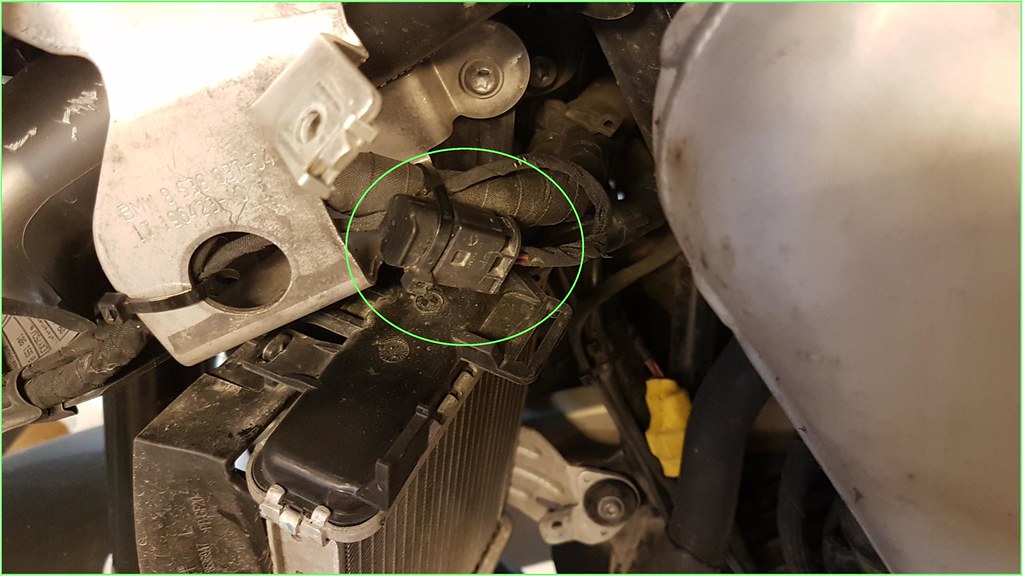fred_jb
Registered user
There are pros and cons to the Fuzeblock v Ezcan argument, and I started with a Fuzeblock on my GS and later replaced it with an Ezcan. If your Ezcan fails while away on a trip you are probably going to be without any of the accessories it powers until you can replace it, whereas the worst that will happen to the Fuzeblock is that one of your accessories may blow a fuse and you will need to get at the Fuzeblock to replace the fuse, assuming the accessory is still working or can be replaced. However, while a lot cheaper, the Fuzeblock is bulkier and difficult to fit in a location which is easily got at should a fuse need replacing - I ended up putting mine in the space under the rear bodywork, which is not so easily accessed.
The Ezcan is smaller, so easier to fit in a convenient under seat location, and gets its trigger voltage from its Canbus connector, whereas you have to find one for the Fuzeblock. The Ezcan also provides some moderately useful control functions especially if you are into fiddling with the brightness of your aux driving lights, though the ability to switch them on and off I find genuinely useful, as is the ability to drive a second higher powered horn without having to use a relay and tap into the existing horn for a trigger, as it detects the press of the horn button from the Canbus signal and activates the additional horn. You do have to be happy with the added complexity of hooking the Ezcan up to a laptop to configure it. It is not difficult, but if you are seriously computer averse then a Fuzeblock may be a better choice.
The Ezcan is smaller, so easier to fit in a convenient under seat location, and gets its trigger voltage from its Canbus connector, whereas you have to find one for the Fuzeblock. The Ezcan also provides some moderately useful control functions especially if you are into fiddling with the brightness of your aux driving lights, though the ability to switch them on and off I find genuinely useful, as is the ability to drive a second higher powered horn without having to use a relay and tap into the existing horn for a trigger, as it detects the press of the horn button from the Canbus signal and activates the additional horn. You do have to be happy with the added complexity of hooking the Ezcan up to a laptop to configure it. It is not difficult, but if you are seriously computer averse then a Fuzeblock may be a better choice.








